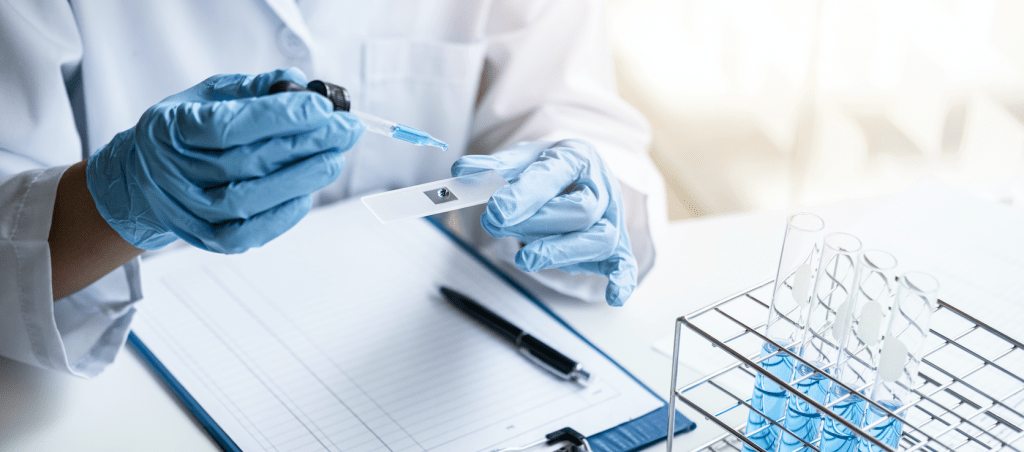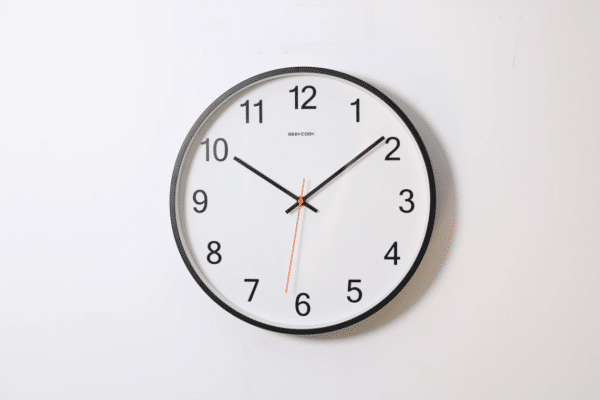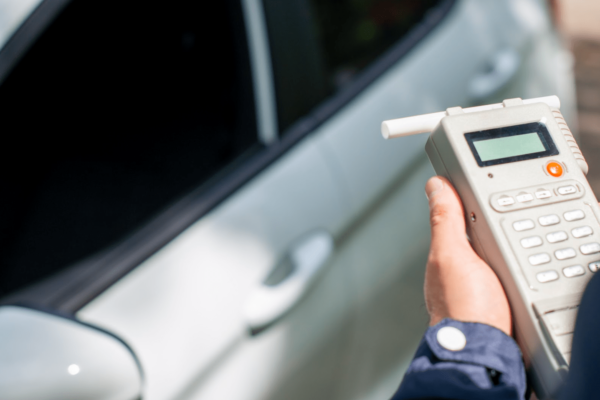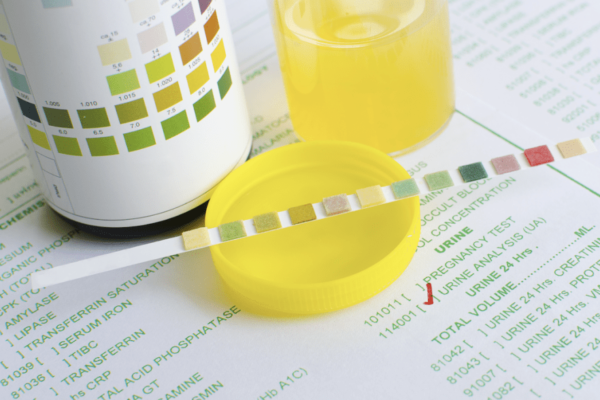Drug Testing Explained

Unfortunately, drugs are becoming more and more popular in America due to an unending supply and a high demand from the market.
It is reported that drugs are used by all kinds of people, not just the stereotypes we have come to expect. For example, cocaine is consumed regularly by professionals in cooking industries of all levels, not just in diners but in some of the higher quality restaurants around as well.
The war on drugs is such an unnecessary financial strain on the country. It costs roughly $51 Billion every year in an attempt to keep drugs off of the streets and the drug war in America fuels the War on Drugs in countries like Mexico which has seen over 70,000 deaths, making this a global scale epidemic.
By the 8th grade, 28% of adolescents have consumed alcohol, 15% have smoked cigarettes, and 16.5% have used marijuana with 6.5% of high school seniors smoking marijuana daily, up from 5.1% five years ago. Meanwhile, less than 20% of 12th graders think occasional use of cannabis is harmful and about 50% of high school seniors do not think it’s harmful to try cocaine once or twice and 40% believe it’s not harmful to use heroin once or twice.
It isn’t just cocaine and marijuana that is a problem of course. There are all kinds of drugs that are causing problems for people all across the country and worldwide but how can the authorities police something of such an epic scale.
Drug testing is an intricate part of the arsenal against drugs and this article will teach you exactly what you need to know about what a drug test is and how it works.
A Drug Test
The most common form of drug testing is a urine drug test also known as a UDS and it is a painless test. It analyzes your urine for the presence of certain illegal drugs and prescription medications. The urine drug test usually screens for drugs such as methamphetamines, cocaine, marijuana, PCP, methadone, opioids and many others.
The most common type of test is called the immunoassay. It is cost-effective and gives results fairly quickly. However, it has drawbacks. For example, it doesn’t pick up on all opioids. It can sometimes give false positives which occurs when the results come back positive for drugs, but there has been no drug use.
Immunoassays don’t measure drugs themselves rather, they detect how the drug interacts with the body’s immune system and its ability to form antigen-antibody complexes.
Results of this test are expressed in nanograms per milliliter (ng/mL). The test uses a cutoff point with any result below the cutoff number is a negative screen and any number above the cutoff number is a positive screen.
If it’s an instant result, the people who administer this drug testing usually give the results in terms of positive or negative rather than numeric values. Many instant immunoassay tests don’t display the ng/mL measurements, instead the results appear on a test strip that turns different colors to indicate the presence of various substances.
If however that test is inconclusive you can take a follow-up test known as a gas chromatography/mass spectrometry (GC/MS) This type of test uses the same procedure for getting a urine specimen as the immunoassay but the GC/MS results are more expensive and take longer to give results, but they rarely produce false positives.
Gas chromatography–mass spectrometry (GC-MS) is an analytical method that combines the features of gas-chromatography, a common type of chromatography used in analytical chemistry for separating and analyzing compounds that can be vaporized without decomposition and mass spectrometry, an analytical technique that ionizes chemical species and sorts the ions based on their mass-to-charge ratio, to identify different substances within a test sample.
Why Is It Needed?
Now you know how it is done and what is involved, why are these tests needed? There are several scenarios where a urine drug test might be necessary.
Your primary care doctor may order this test if they suspect you have a problem with drugs or alcohol.
Drug abuse occurs when you’re unable to control your use of prescribed drugs or you’re using another legal or illegal substance to the point that it interferes with your ability to function. According to the National Institute on Drug Abuse, more than 40,000 people died from accidental drug overdose in the United States in 2011. Each year, more than 22,000 people die from prescription drug abuse alone.
An emergency room doctor may also request this test if you’re confused or your behavior seems strange or dangerous.
Confusion is a symptom that makes you feel as if you can’t think clearly. You might feel disoriented and have a hard time focusing or making decisions. Confusion is also referred to as disorientation. In its extreme state, it’s referred to as delirium. This could be a sign of having taken drugs, possibly nonconsensual.
Employers require potential employees to take a urine drug test before they can be hired. One benefit of the urine drug screen is that it can keep people with drug problems out of jobs that require the ability to be alert and focused. For instance, an air traffic controller or truck driver who uses drugs could put the safety of many people at risk. Testing may also lower the risk of on-the-job accidents.
Drug and alcohol rehabilitation centers test residents on a regular basis. This helps ensure that people receiving treatment for drug or alcohol abuse stay sober. If you’re on probation or parole for a drug- or alcohol-related offense, the officer in charge of your case may request random drug tests to verify your sobriety.
Finally, the tests can be used in home settings. For instance, a family member may want a loved one to take this test to prove that they’re not using drugs or alcohol. If you plan to use an at-home test, it’s a good idea to consult with your family doctor or another health professional beforehand. They can advise you on how to follow up if the test is positive.
Results of a Drug Test
Now that you’re aware of how drug testing works and why someone may take one. What are the results and what do you do next?
When reading the results, you are essentially looking for any test or control lines which may be missing. A fully negative and unadulterated sample will display a total of 12 purple or magenta colored bands. This will be made up of 4 lines on the left-most test strip, which tests for 3 different drugs, along with 2 lines on every other strip.
You will see a control line at the top of each test strip within the device and a test line below which is present for each of the drugs tested for. If there is any kind of adulterant present from a patient’s attempts at contamination of the sample, such as adding bleach, the control lines will not form. If any of the seven classes of drug that you are looking for are positive, the test line for that corresponding drug will be absent.
This is because the drug has bound itself to the chemistry within the test and prevented the purple or magenta line from forming where it should have. When this happens, it is obvious. No matter what angle you hold the test, or what light source you use, the line cannot be seen.
Different drugs are detectable in urine for different lengths of time. Factors including age, height, sex, weight, purity of drug, dose, how often the drug is used, etc, will all play a role in how long drugs remain detectable in a patient’s urine sample.
As a guide this is how long each substance stays in your system:
- Alcohol (Breath / Saliva) – 1 hour per unit consumed
- Amphetamines – 2 to 6 days
- Barbiturates – 3 to 8 days
- Benzodiazepines – 2 to 14 days
- Cannabis (THC) – Typically 14 to 28 days but one-off use can be as little as 3 to 5 days
- Cocaine – 2 to 5 days
- Methadone – 2 to 7 days
- Methamphetamines – 2 to 6 days
- Opiates – 2 to 5 days
- PCP – 2 to 6 days
What Does a Faint Line on a Drug Test Mean?
A faint line on a drug test may indicate that the person used a substance in the past, but there’s not enough in their system to qualify as a positive. Faint lines on drug tests must count as negative results. If there is no trace of any substance in a person’s system, all 12 purple or magenta lines will show up. If their system has had time to process out most but not all of the substance, a faint line may appear, and they may need to complete an additional test.
I hope this article has educated you on how drug testing is carried out, what is involved and the results that you may receive.
If you believe you or someone you know may be abusing substances please contact us to receive the appropriate assistance.


